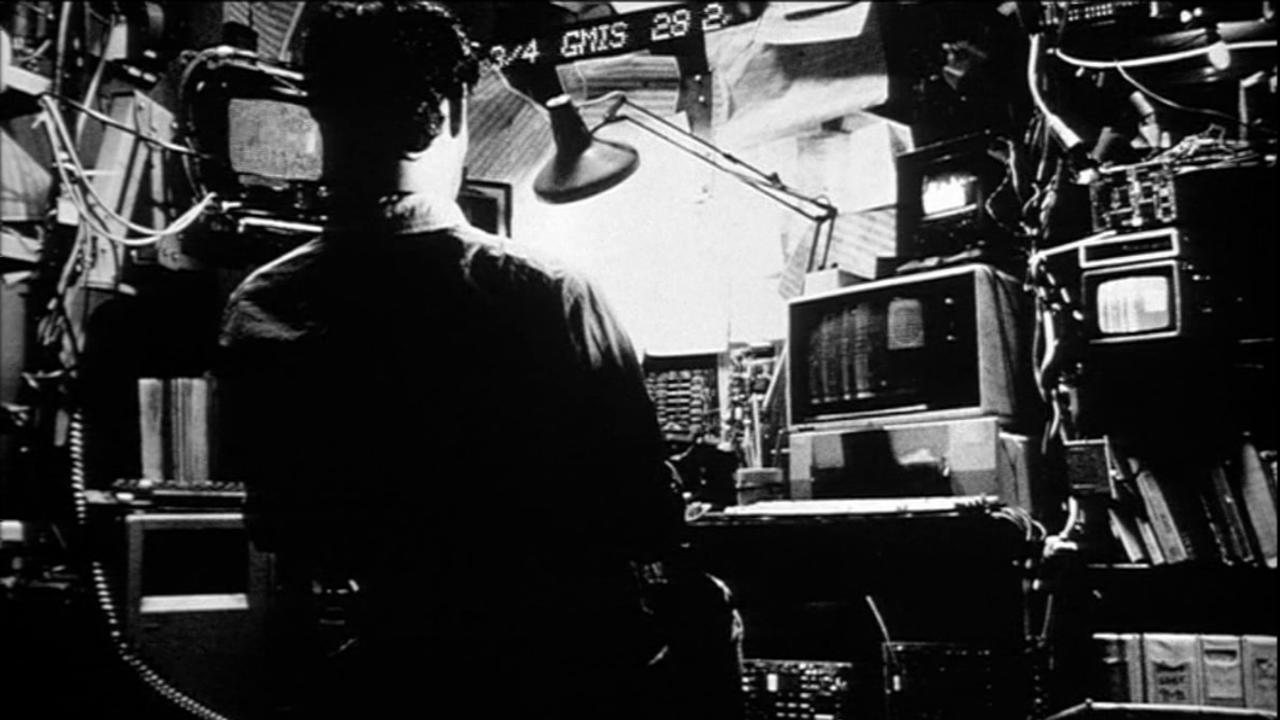
It made a very rapid conquest of the ‘people’, whose affection had never been deeply held by the old classical art. The example of the public’s acceptance of Romanticism was the exact opposite of that presented by modem art. An innovatory style takes a certain time in winning popularity it is not popular, but neither is it unpopular. The unpopularity of modem art, however, is of a very distinct kind: we would do well to distinguish between what is not popular and what is unpopular. It will be said that every new style must go through a period of quarantine, and one may recall the conflicts that accompanied the advent of Romanticism. All new art is unpopular, necessarily so, and not by chance or accident. The unpopularity of today’s music is equalled by the unpopularity of the other arts. And this identity of artistic aspiration must, necessarily, have an identical sociological effect. Without being aware of it, the young musician is attempting to realize in sound exactly the same aesthetic values as his contemporaries, the painter, the poet and the dramatist. An identical inspiration is recognizable in the most diverse arts. The unity that every era maintains within its different manifestations is indeed surprising and mysterious. I should now like to consider all the arts which are still thriving in Europe: modem music, painting, poetry, and theatre. The problem was strictly aesthetic, yet I found the shortest road towards its solution started from a simple sociological phenomenon: the unpopularity of modem music. My purpose was to define as clearly as possible the difference between modem and traditional music. But the fruitful aspects of a sociology of art were unexpectedly revealed to me when, a few years ago, I happened to be writing about the musical era which started with Debussy. At first sight, the social effects of art are so extrinsic, so remote from aesthetic essentials, that it is not easy to see how from this viewpoint one can successfully explore the inner nature of style.

The study of art from the sociological point of view might at first seem a barren theme, rather like studying a man from his shadow. See also the note at the end of this essay. The version here has been shortened (not by me)- the full essay can be found in “The Dehumanization of Art and Other Writings on Art and Culture” Doubleday Anchor 1956.

He is also worth reading for his understanding of the effect of “mass society” and of the notion of “generations”. Ortega has always been appreciated by US intellectuals, but is hardly ever cited by writers on art and literature here in the UK. I read it in my twenties, and still value it greatly. This essay has been a major influence on my work and my thought.


 0 kommentar(er)
0 kommentar(er)
